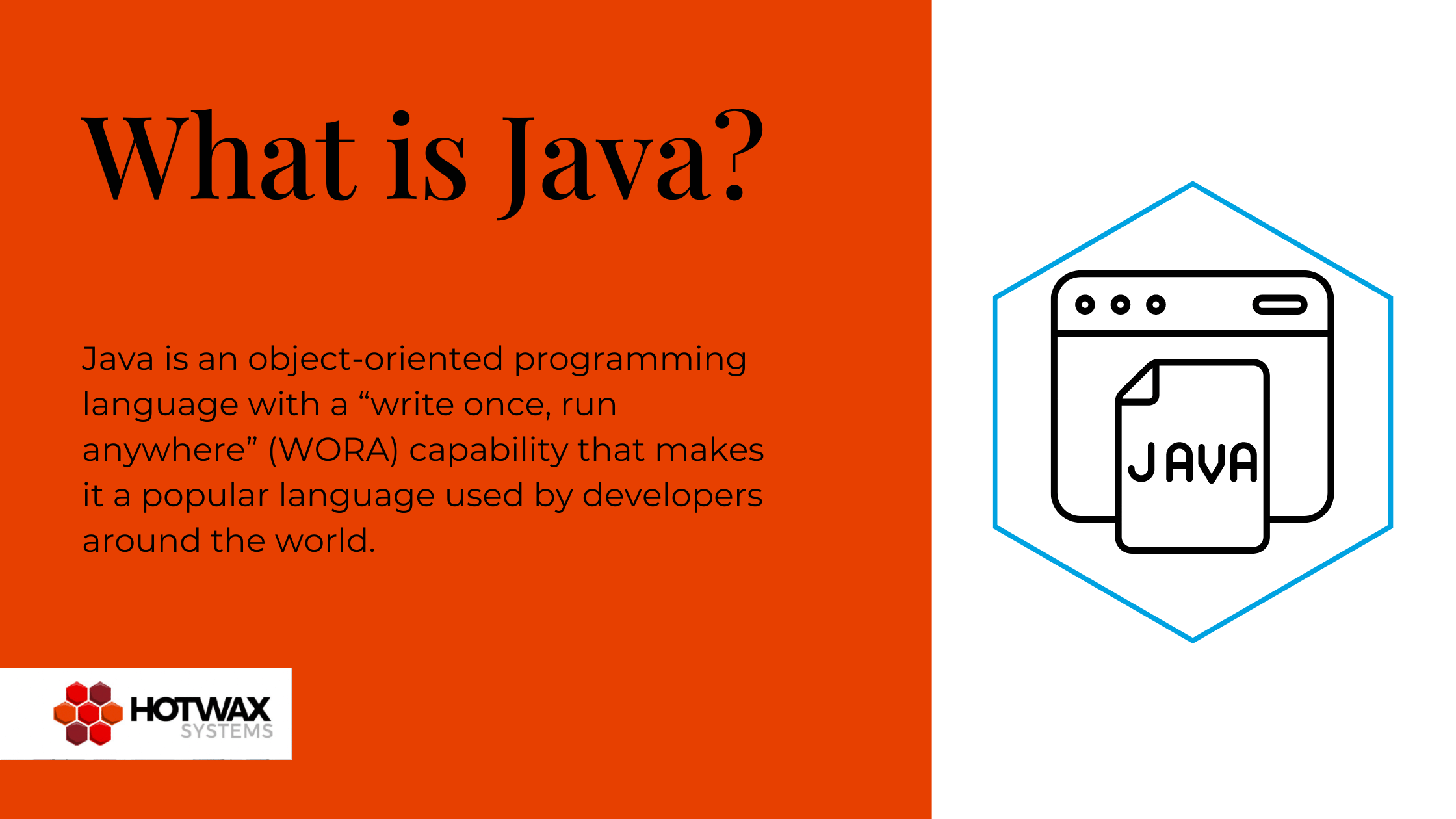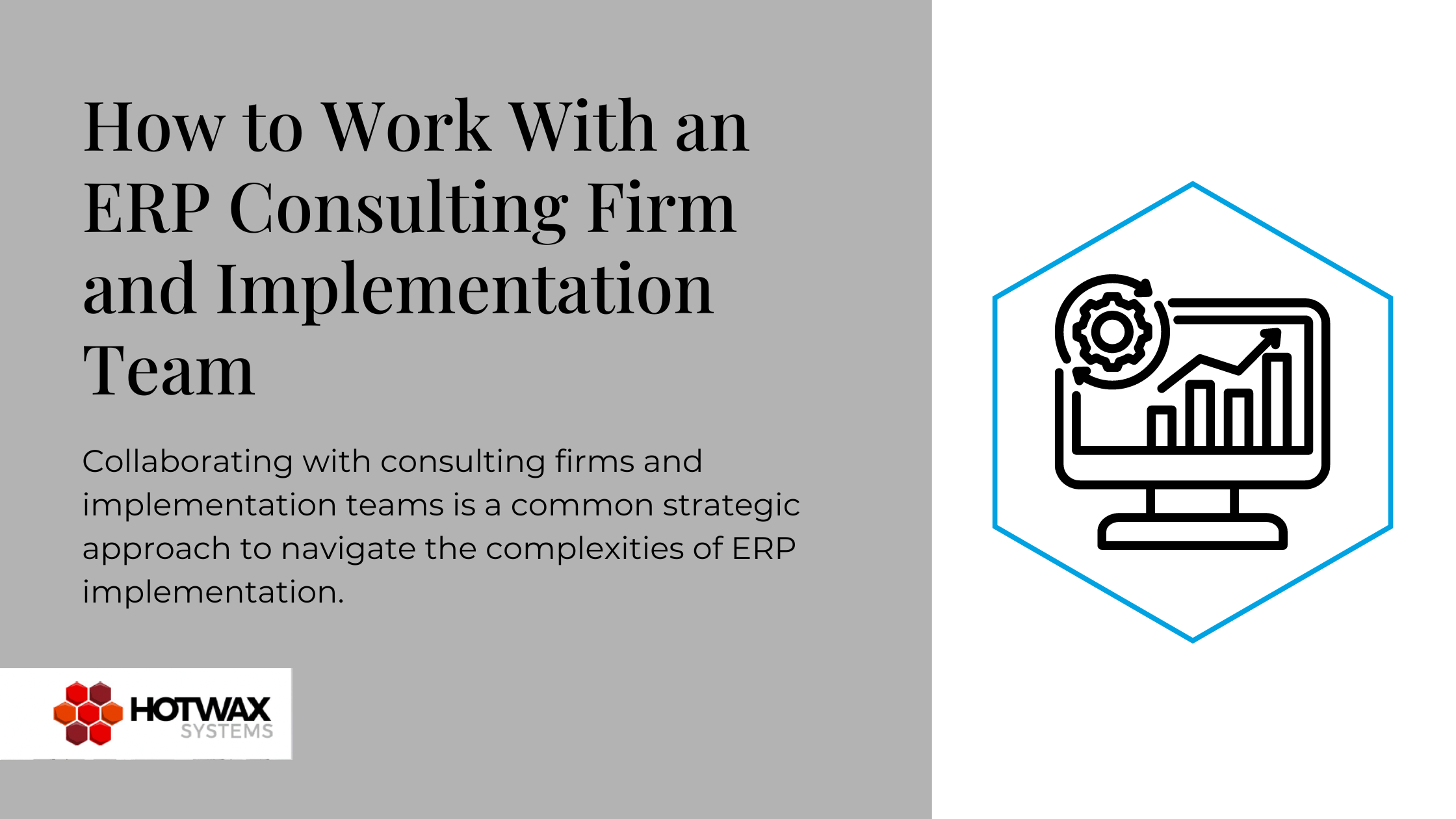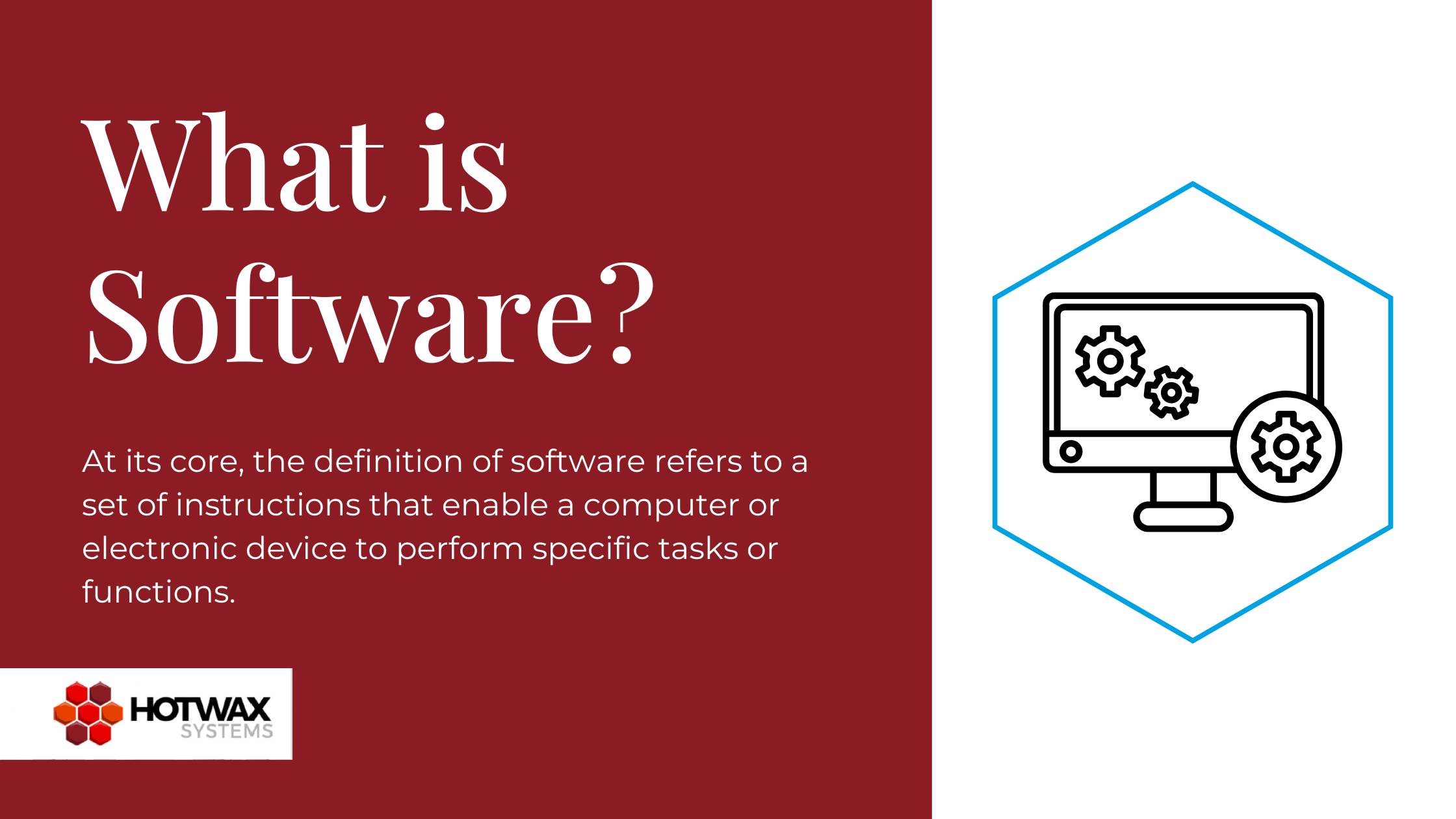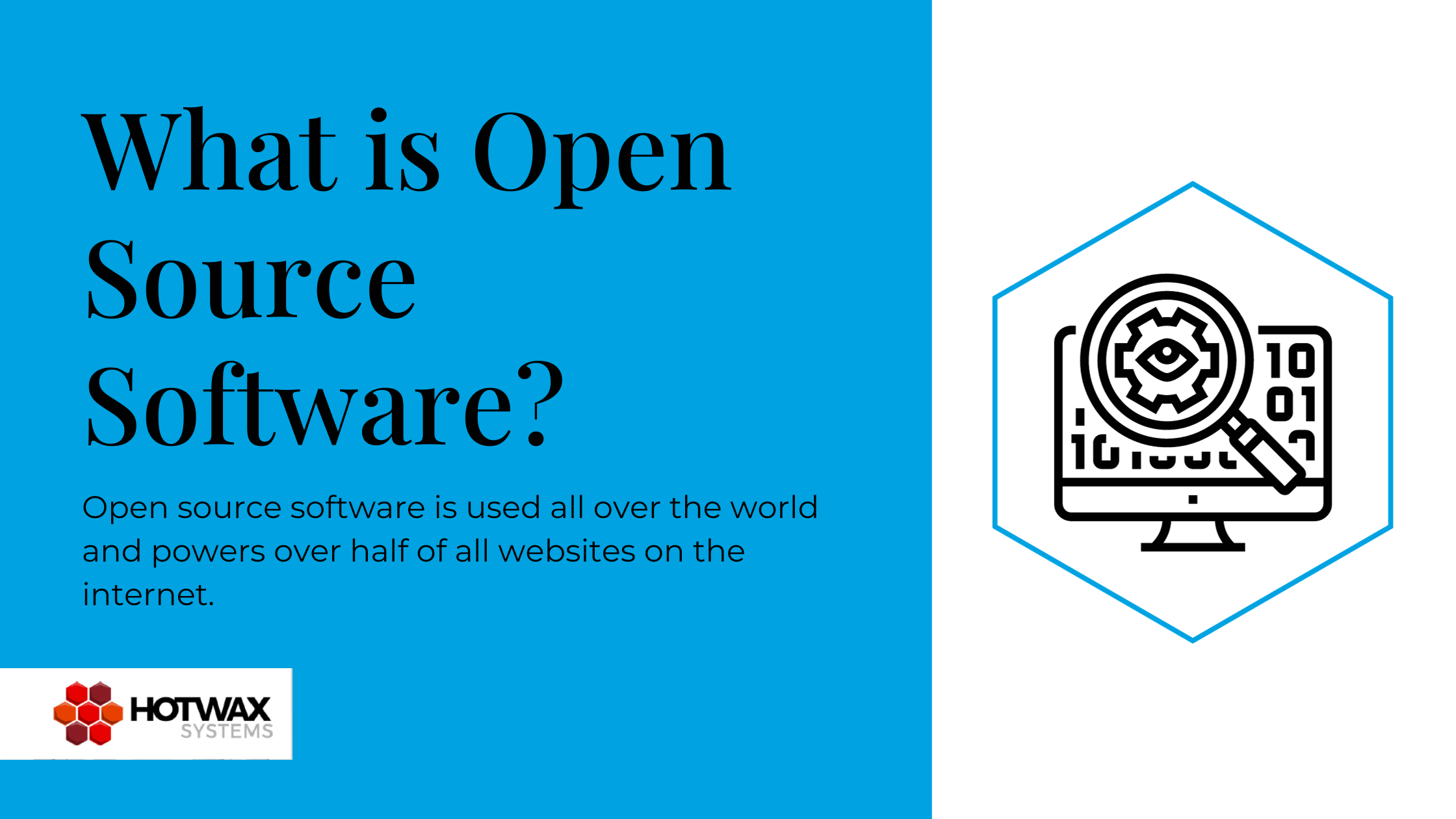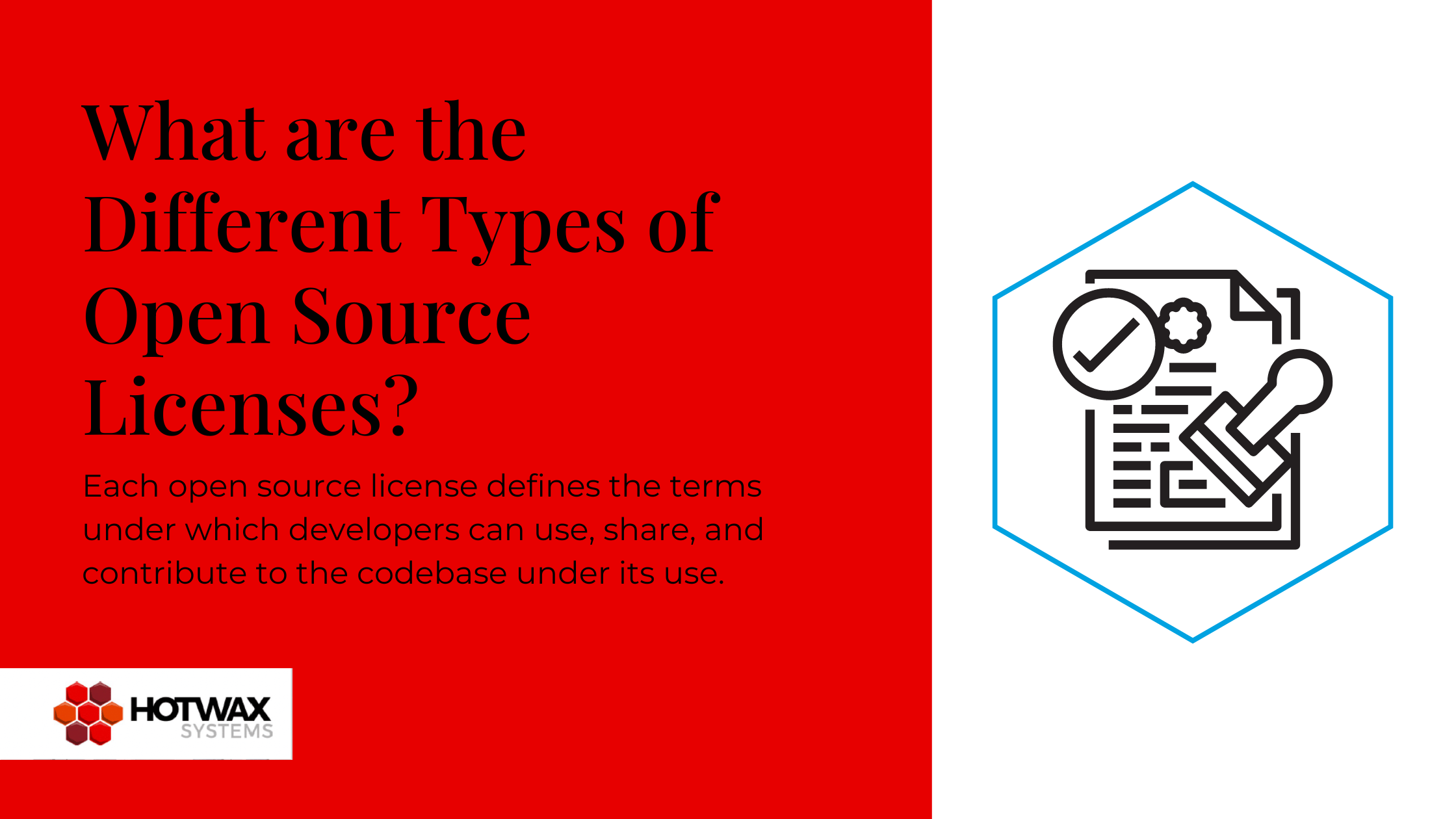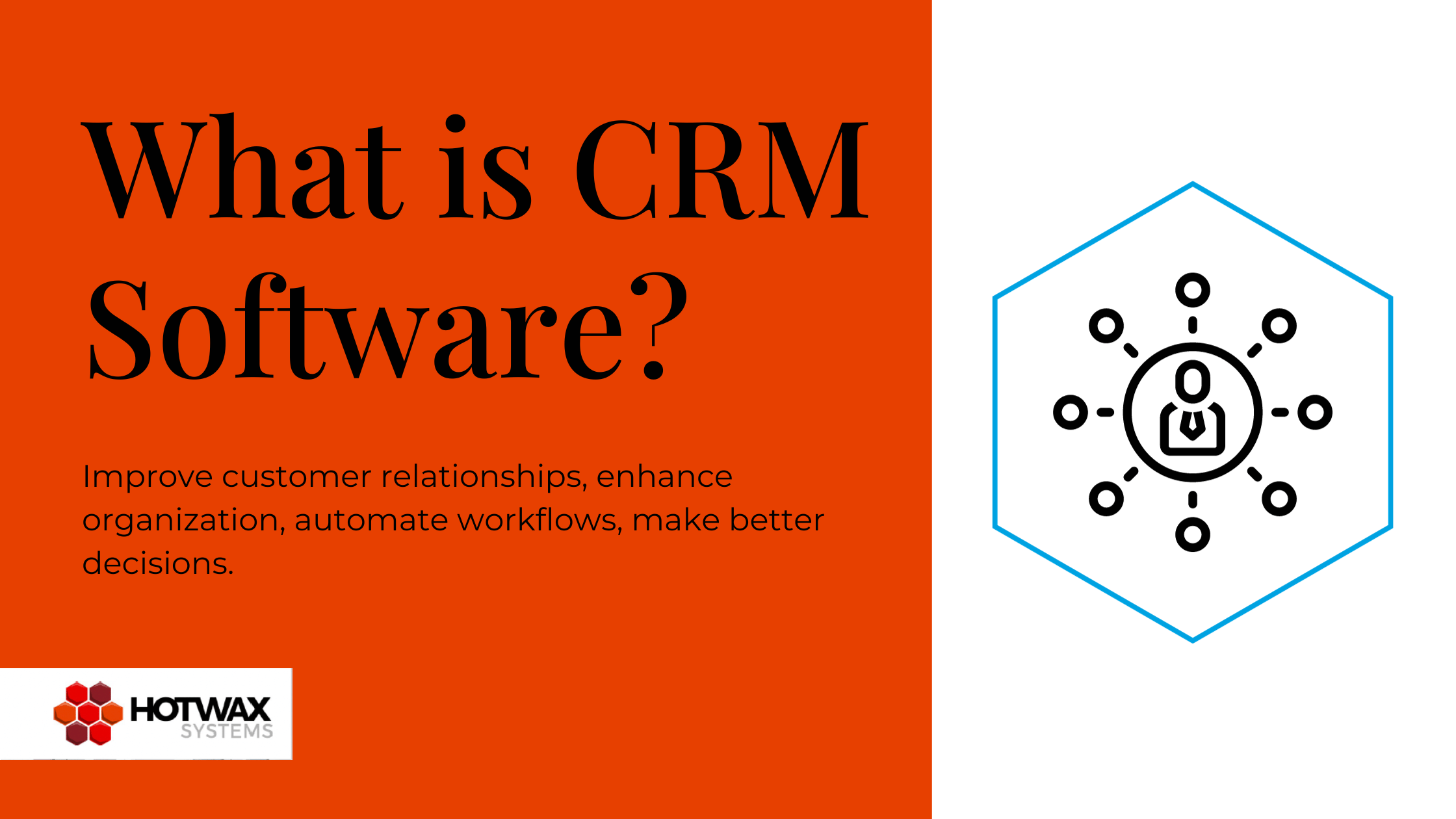Oracle’s fiscal 2017 Q3 results are in, and the company’s board could not be happier: the cloud is registering “hyper-growth” due to the company bringing its SaaS and PaaS business to scale, and has reached a total cloud business of $5 billion out $7.4 billion in record revenues. They promised they would double down cloud efforts, and they have, but one company stands in the way of market growth. And that company is Amazon Web Services, one of the four tech giants that are dominating the market which financial experts affectionately call “The Four Horsemen of Tech”.
Completely disregarding Google, IBM, or even Microsoft, who is positioned as the second biggest provider of Cloud Services, Larry Ellison, Oracle Chairman and CTO, seems to have eyeballed AWS like in the teenage movie dramas where the main character needs to pick on the toughest kid in the schoolyard in order to get instant respect from his peers.
Someone was bound to do it, whether in the spirit of pure competition, or because — to use an overused and scientifically disproved euphemism — “businesses are like sharks: they need to keep moving or else they’ll drown.”.If in the beginning SAP and Oracle got left in the dust by Amazon’s rapid development on the Cloud Services market, they’ve both managed to keep their heads above the water and actually prospect through acquisitions, that have provided them with an impressive arsenal of sometimes overlapping SaaS, but also with unexpected blind spots.
Add a 75% failure rate among ERP implementations to that equation, top it with accusations of client bullying on the part of Oracle, and what you have is a pretty volatile situation.
“Where does that leave you and your ERP strategy?” is the question I’d like to ask. In the midst of growing tensions between companies, where previously client-oriented efforts are being redirected towards company politics, will your company’s account be sidetracked for the sake of sticking it to the competition? Add a 75% failure rate among ERP implementations to that equation, top it with accusations of client bullying on the part of Oracle, and what you have is a pretty volatile situation, where you and your ERP implementation are getting in the way of a massive Clash of Titans, Olympus style.
Let’s review a few important concepts:
1) ERP Implementation fails happens
…And the “bigger” the project, the harder they fall. Few things are as critical to a company’s survival (and prosperity) as the ERP system, and when that goes down, the company is going to suffer tremendously.
Some of these stories have become veritable classics: Hershey’s missed out on $100 million worth of sales on Halloween, and took an 8% stock dip. In 2000, Nike spent $400 million on a supply chain and ERP upgrade that ended up costing $100 million in lost sales, a 20% stock dip and a collection of class-action lawsuits. HP’s “Perfect Storm” of ERP Problems in 2004 cost $160 million in order backlogs and lost revenue—more than five times the project’s estimated cost.
But more recent instances have taught us that the danger with extensive projects is still very real: Avon spent $125 million and four years on an ERP whose complexity ended up driving employees away, and had to be shut down. Even the U.S. Air Force learned this lesson the hard way, when in November 2012 they had to call it quits on their efforts to unify disparate systems after seven years of over-budget, estimating that it would’ve cost another $1.1billion just to bring it to an end.
CIO.com’s Thomas Wailgum vividly described the ERP industry as filled with “Troubled multimillion-dollar software deals that produce spectacular failures and huge spending nightmares; vendor marketing bravado that breeds cut-throat competition and contempt; and embarrassing and costly lawsuits over botched implementations and intellectual property breaches.” His observation that these are “tales of vendor mud-slinging, outrageous hype and epic failures” is often accurate, only…
When the business world is engulfed in an arms race for a bigger, better Cloud, ERP efforts are taking a backseat, your company account along with it.
2) Big vendors have become bullies
Most sane organizations try to avoid lawsuits, and it’s easy to understand why. After Waste Management and Avantor famously sued SAP and IBM for failed implementations, who in turn countersued, turning what was once a promising collaboration into years of expensive court dates that only got settled in 2010, five years after the initially planned project start date.
SAP and IBM’s epic failures had multiple causes, and the blame is shared between the clients and the vendors / consultants. The scandals resonated around the business world, and companies on both sides of the court got a harsh reality check. Some of them, however, took it bit further.
In 2015, Business Insider published an article about Oracle’s (ab)use of something called the “nuclear option” to boost cloud sales. This term is usually used by company employees in reference to contract breaches: if Oracle notices that a client is trying to abuse their agreed-upon scope of work, it can initiate an “audit”, set out-of-compliance fines, and ultimately terminate the agreement. So far so good.
A vast array of metrics, such as how many are using the software and which features of the software are being utilized, wrapped in complex legal conditions, insure that obligations and rights on both sides are clearly defined, and hard to infringe upon. Any new features or extra users to the system can be easily added to match the company’s needs, and are to be defined after an official “audit”. Third party consultation could be hired to help navigate the process, and act as referee. It all sounds pretty fair, right?
Given that it could take years for a business to migrate their operational data onto a different system, this 30 days notice is basically a death sentence.
Except that most of the time, audits end up being used as a sales tactic, and those clients who claim that they’re acting within their rights when asking for simple changes without the need of a lengthy audit get served with a “breach notice.” This document warns a customer that they are in violation and must stop using all Oracle software in 30 days. Given that it could take years for a business to migrate their operational data onto a different system, depending on the size of the company, this 30 days notice is basically a death sentence. And it usually drives clients back to the negotiation table, more compliant than before.
The breach notice becomes a tactical gambit, where to make the breach notice or out-of-compliance fine to go away, the Oracle sales rep will add cloud “credits” to the contract. Craig Guarente, CEO of Oracle asset-management consultant Palisade Compliance, says that he noticed “an uptick in aggressive audits and breach notices. I started this company in late 2011. From that moment until February, I saw no breach notices. Zero. Now we’ve seen several this year. Oracle has really dialed it up,” he said.
Why are clients not fighting back? If Oracle breaches, clients are within their own rights to terminate the agreement. The catch is this: they still have to stop using the software, and it won’t hurt the service provider as much as it does the company whose entire data system could be turned off with a switch of a button.
This is only one man’s opinion / observation / interpretation, and I’m sure others may disagree. After all, these companies are lead by mature individuals, whose actions must surely match the weight of their responsibilities. Right? Well, actually…
3) Big Vendors act like they’re in the schoolyard
Out of all the Hollywood-worthy “ERP disasters and disappointments” that CIO.com reminds us of, the 1996 “infamous mooning incident” is my favorite, and it involved SAP’s Hasso Plattner, Oracle’s Larry Ellison and the famous Kenwood Cup sailing race. The two companies were competing in the race — more likely against each other –, when a mast on the SAP yacht broke and injured a crew member. Oracle’s yacht happened to be in the area, and its crew — Ellison not present — decided to ignore the battered yacht and bloodied person. “I lowered my pants,” Plattner told Sailing World. Very mature.
But which companies haven’t had some healthy competition, and still managed to keep their priorities straight? Only…
4) ERP is not their priority, Cloud is
Going back to Oracle’s fiscal 2017 Q3 results, it’s clear where Oracle’s priorities are, and although Larry Ellison seems to be putting his money where his mouth is with the bold claim that the newly upgraded Oracle Cloud will end Amazon’s dominance of the cloud computing market with a faster and cheaper alternative to the $10 billion AWS juggernaut… AWS is actually in a different class of services altogether.
While Oracle’s advantage may be at the high end of the power spectrum, where running super-intensive computing applications could be cheaper and faster, for numerous smaller businesses who are looking to start small and incrementally add services and capacity as they grow Amazon is probably the right choice. Completely different market.
According to Ben Thompson’s Stratechery newsletter on “Oracle’s cloudy future”, “Ellison’s statement is even more ridiculous when you look at the number that really matters when it comes to cloud services: capital expenditures. Over the last twelve months Oracle has totaled $1.04 billion in capital expenditures; Amazon spent $3.36 billion in the last quarter, and $10.9 billion in the last twelve months.“
Those numbers are even more relevant as “Infrastructure-as-a-Service is not something you build-to-order; it’s the fact that the infrastructure and all the attendant services that rest on top of that infrastructure are already built that makes AWS’s offering so alluring. Oracle is not only not catching up, they are falling further behind,” Thompson states.
Beware of placing your business in the hands of a Tech Titan – when they clash, you’re most likely caught in the middle
While Oracle is out tilting at windmills, the tech newcomers have the intellectual and financial resources to start building their own Cloud Services, and absolutely zero motivation to place sensitive information in the hands of other companies. That’s why in 2016, when Facebook CEO Mark Zuckerberg announced that he was building JARVIS to power his smart home, he decided to start from scratch and write it himself.
5) And where does ERP fit in the Cloud story?
Exactly.
When the business world is engulfed in an arms race for a bigger, better Cloud, you know that efforts for improving, implementing and managing clients’ ERPs are taking the backseat, your company account along with it. Among the allegations of bullying, extortion, corruption and even mooning — ‘cause that’s the outrageous part of this whole deal, right? –, who can you trust?
The answer is simple: those who aren’t even playing the game. Mid-sized companies who match the likes of SAP in technical know-how and products, but whose sole interest is to provide their customers with good service, and their employees with jobs. They’ve got everything to lose, and everything to gain, too, if your project is a resounding success. They’ll probably refuse to take on a project that doesn’t match their capabilities and fit – we say no all the time. It’s tough love, but it’s actual love.
So beware of placing your business in the hands of a Tech Titan – when they clash, you’re most likely caught in the middle, and with… what was that, again? 30 days to migrate your system?


